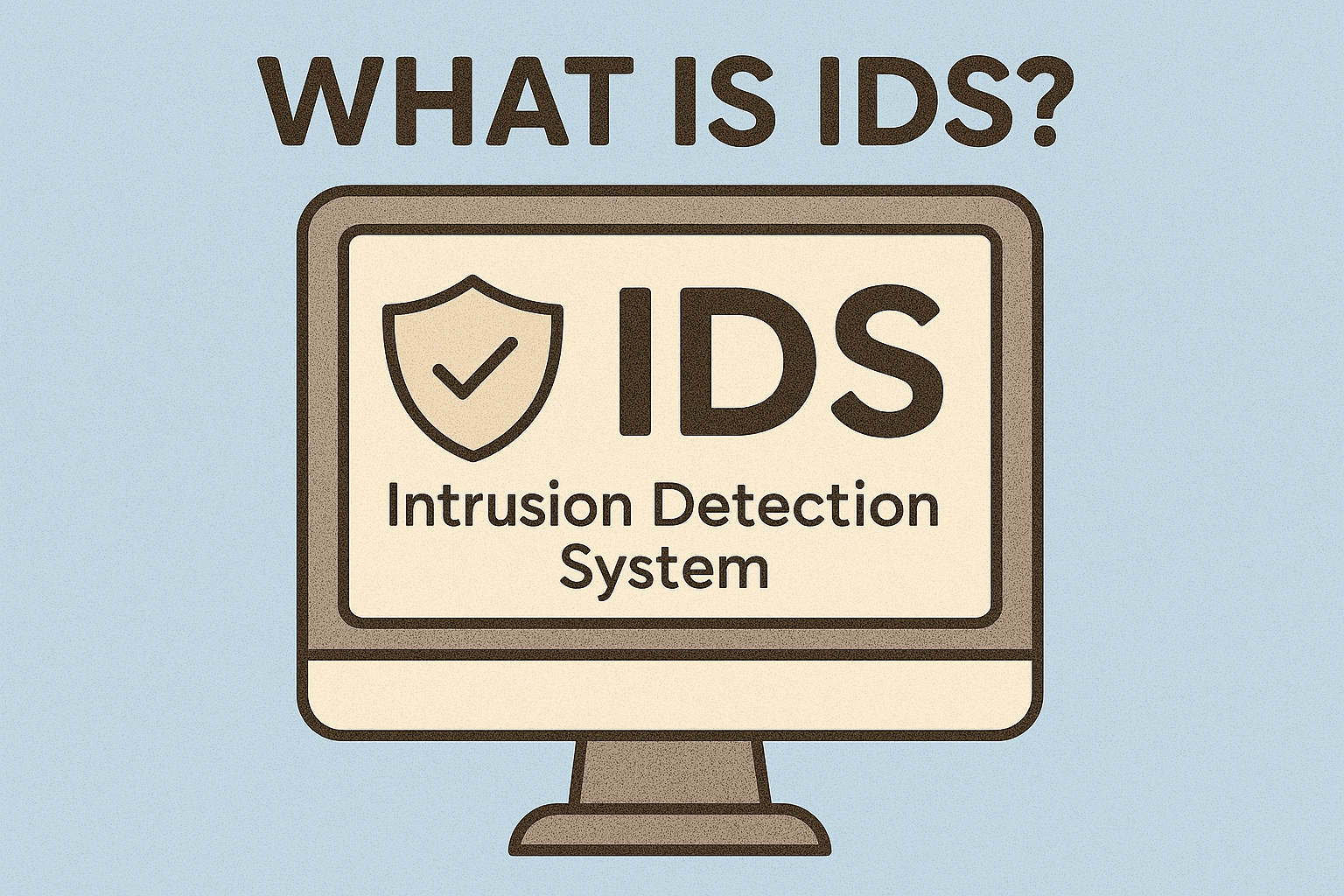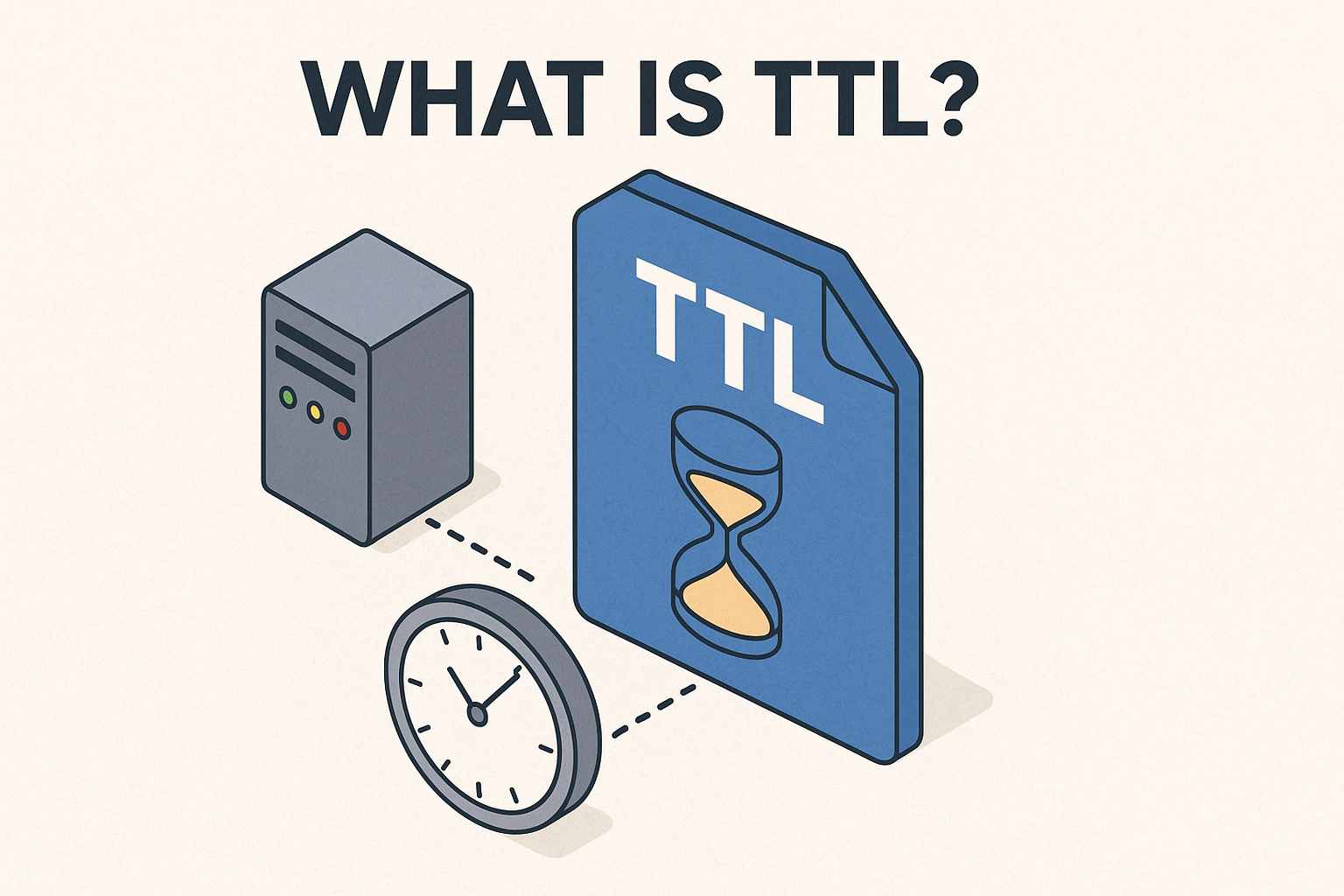What Is IDS? Understanding Intrusion Detection Systems in Cybersecurity
Updated on July 14, 2025, by Xcitium

In today’s digital landscape, safeguarding sensitive data and maintaining network integrity are paramount. One critical component in this defense strategy is the Intrusion Detection System (IDS). But what is IDS, and how does it fortify your cybersecurity framework?
An Intrusion Detection System (IDS) is a security solution designed to monitor network or system activities for malicious actions or policy violations. By analyzing traffic patterns and system behaviors, IDS identifies potential threats and alerts administrators, enabling swift responses to cyberattacks.
Types of IDS: Exploring the Varieties
Understanding the different types of IDS is crucial for implementing the right security measures.
1. Network-Based IDS (NIDS)
NIDS monitors network traffic for suspicious activities by analyzing data packets. It’s typically positioned at strategic points within the network to detect unauthorized access attempts.
2. Host-Based IDS (HIDS)
HIDS resides on individual hosts or devices, monitoring inbound and outbound packets and system logs for anomalies. It’s effective for detecting insider threats and unauthorized changes
3. Protocol-Based IDS (PIDS)
PIDS focuses on specific protocols, monitoring and analyzing the protocol activity between users and servers. It’s commonly used to protect web servers by scrutinizing HTTP or HTTPS traffic
4. Application Protocol-Based IDS (APIDS)
APIDS monitors application-specific protocols, such as SQL, to detect malicious activities targeting application layers. It’s essential for safeguarding applications from targeted attacks.
5. Hybrid IDS
Combining features of both NIDS and HIDS, Hybrid IDS offers comprehensive monitoring by analyzing both network traffic and host activities, providing a holistic security approach.
IDS in Networking: The Role and Importance
In the realm of networking, IDS plays a pivotal role in maintaining the security and integrity of data transmission. By continuously monitoring network traffic, IDS can detect unauthorized access attempts, malware infections, and other malicious activities, ensuring prompt responses to potential threats.
IDS in Cybersecurity: A Defensive Pillar
Within cybersecurity, IDS serves as a fundamental component for threat detection and incident response. By identifying anomalies and known attack patterns, IDS enables organizations to respond swiftly to security breaches, minimizing potential damages and maintaining compliance with security policies.
IDS vs. IPS: Understanding the Differences
While both IDS and Intrusion Prevention Systems (IPS) are integral to network security, they serve distinct functions:
- IDS: Monitors and analyzes network traffic, alerting administrators to potential threats without taking direct action.
- IPS: Actively monitors and controls network traffic, blocking or preventing identified threats in real-time.
Understanding the differences between IDS and IPS is crucial for implementing a balanced and effective security strategy.
IDS Scan: Detecting Threats Proactively
An IDS scan involves the systematic analysis of network or system activities to identify signs of malicious behavior or policy violations. By employing various detection methods, IDS scans help in the early detection of potential threats, allowing for timely intervention.
Intrusion Detection System Examples: Real-World Applications
Several IDS solutions are widely used in the industry:
- Snort: An open-source NIDS capable of real-time traffic analysis and packet logging.
- Suricata: A high-performance NIDS, IPS, and network security monitoring engine.
- OSSEC: A comprehensive HIDS that performs log analysis, integrity checking, and rootkit detection.
- Security Onion: A Linux distribution for intrusion detection, network security monitoring, and log management.
These tools exemplify the practical implementation of IDS in various organizational contexts.
Implementing IDS: Best Practices
To effectively deploy an IDS, consider the following best practices:
- Define Clear Objectives: Understand what you aim to protect and the types of threats you’re guarding against.
- Choose the Right Type of IDS: Select between NIDS, HIDS, or a hybrid approach based on your network architecture and security needs.
- Regularly Update Signatures: Keep the IDS updated with the latest threat signatures to detect new vulnerabilities.
- Monitor and Analyze Alerts: Establish procedures for reviewing IDS alerts to distinguish between false positives and genuine threats.
- Integrate with Other Security Tools: Combine IDS with other security measures like firewalls and SIEM systems for a layered defense strategy.
Conclusion
Understanding what IDS is and its role in cybersecurity is essential for any organization aiming to protect its digital assets. By implementing the appropriate type of IDS and adhering to best practices, businesses can enhance their security posture, detect threats proactively, and respond effectively to potential breaches.
Ready to fortify your network security? Request a demo with Xcitium to explore advanced IDS solutions tailored to your needs.
FAQs
Q1: What is IDS in networking?
A1: In networking, IDS refers to systems that monitor network traffic for suspicious activities, helping detect unauthorized access or anomalies.
Q2: How does IDS differ from IPS?
A2: IDS detects and alerts on potential threats without taking action, while IPS actively blocks or prevents identified threats in real-time.
Q3: Can IDS prevent cyberattacks?
A3: IDS primarily detects and alerts on potential threats; it doesn’t prevent attacks but enables timely responses to mitigate risks.
Q4: What are common types of IDS?
A4: Common types include Network-Based IDS (NIDS), Host-Based IDS (HIDS), Protocol-Based IDS (PIDS), Application Protocol-Based IDS (APIDS), and Hybrid IDS.
Q5: Why is IDS important in cybersecurity?
A5: IDS is crucial for identifying and alerting on unauthorized activities, enabling organizations to respond swiftly to potential security breaches.















